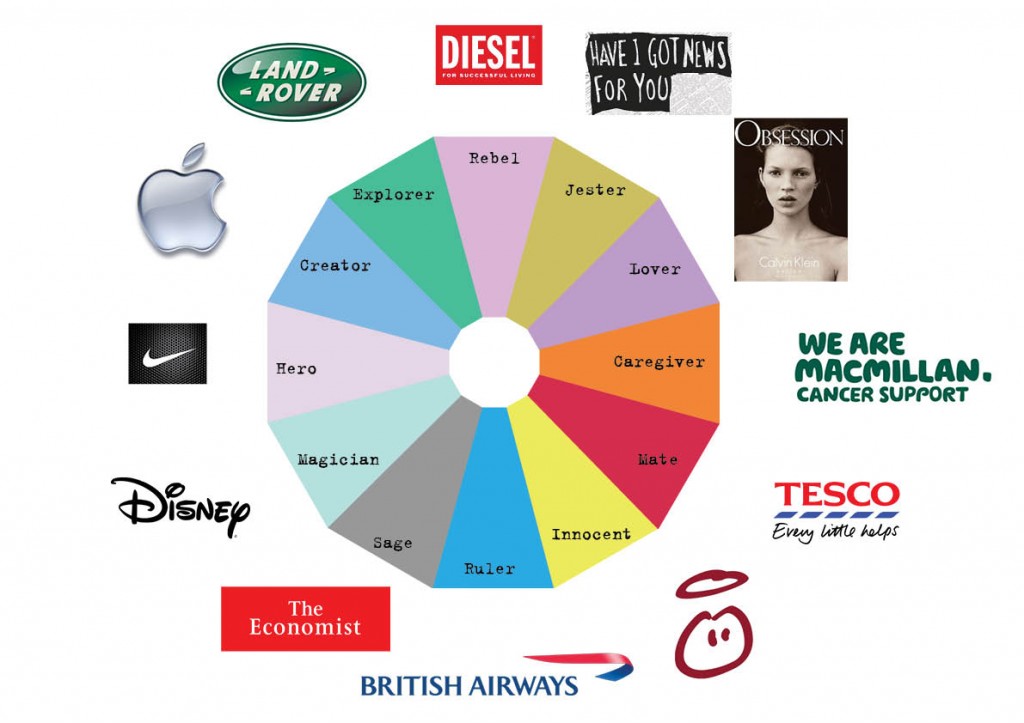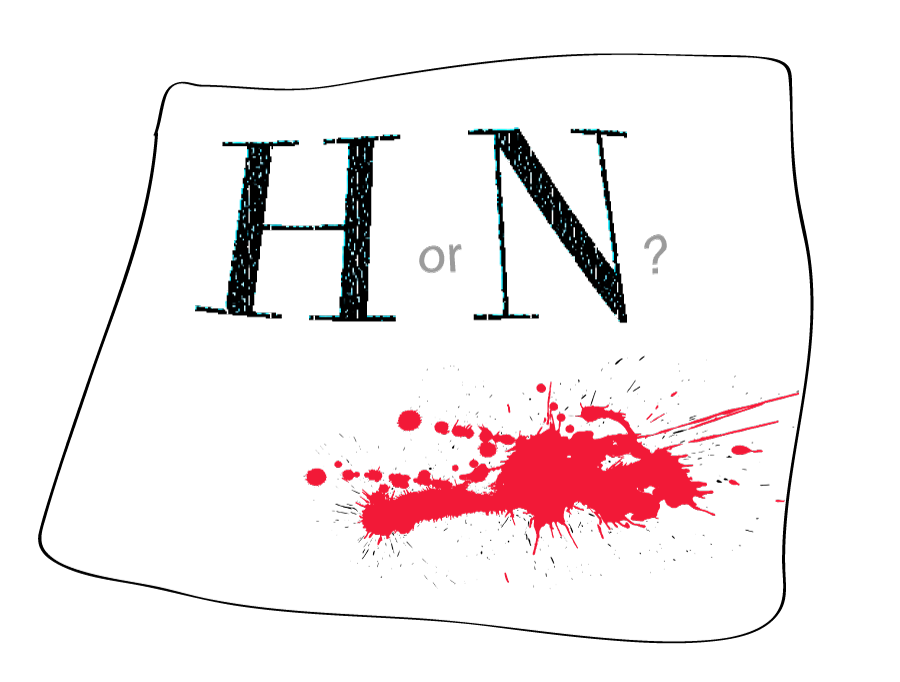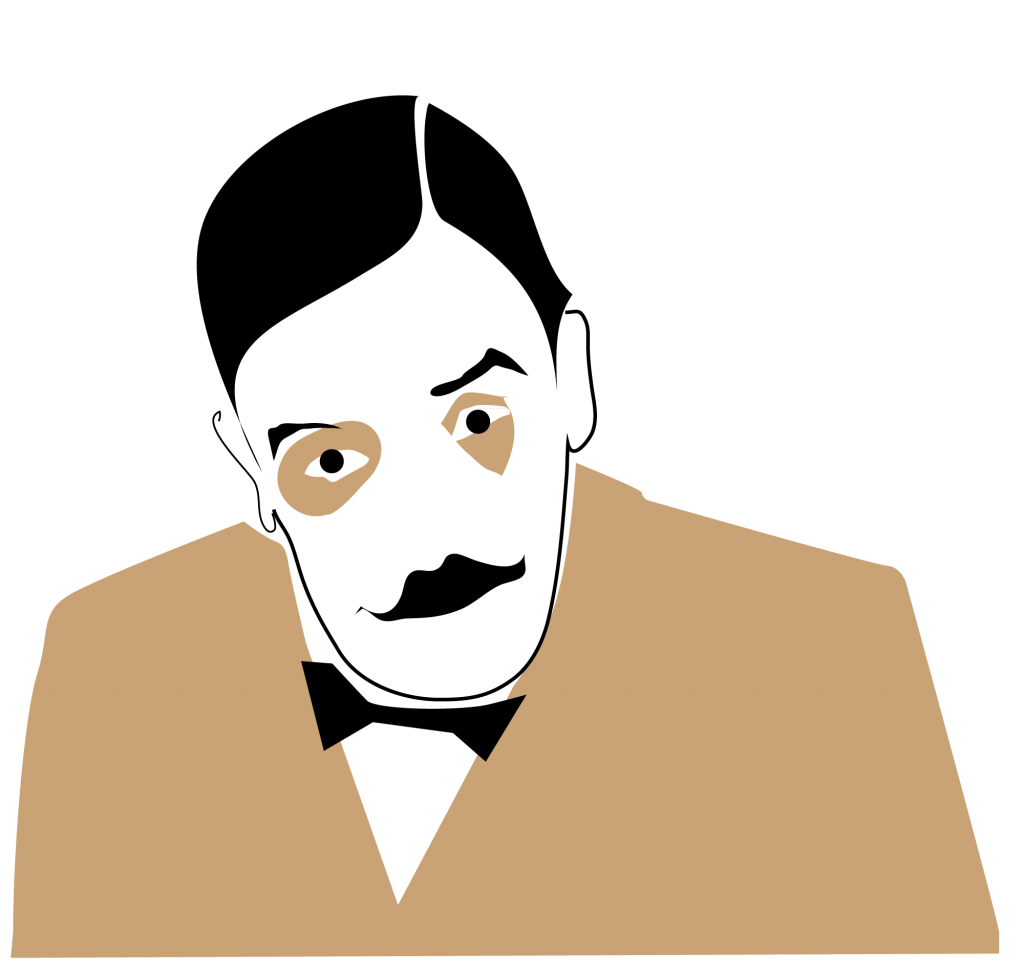Saying one thing well is always more interesting than a rag bag of non sequiturs. Even if you’ve got lots to say, the trick is to bring it all under one singular theme. This man makes a bunch of observations about how we use just one word in the English language.
 From zero to hero. The classic log line for a Hollywood storyline. Why? because there’s lots of change implicit in zeros becoming heros. A perfect example of this would be the log-line for Down and Out in Beverly Hills. Where the filthy rich meet the dirty poor. You can almost see that there will be change for both the two main characters. Without change there can be no story and without story there’s no communication. These three things go together and if you’re going to understand any one of them you need to understand them all.
From zero to hero. The classic log line for a Hollywood storyline. Why? because there’s lots of change implicit in zeros becoming heros. A perfect example of this would be the log-line for Down and Out in Beverly Hills. Where the filthy rich meet the dirty poor. You can almost see that there will be change for both the two main characters. Without change there can be no story and without story there’s no communication. These three things go together and if you’re going to understand any one of them you need to understand them all.
Another way of looking at this is by investigating what happens when there’s no change. And by that we also mean no change in expectation. If you were to try to build a story around visiting a vending machine: You go to the a vending machine in some big building.

You select, say a Kit Kat, put your money in, and a Kit Kat duly drops onto the tray. Well, there’s no possible story that can come out of that because in no way has any expectation been thwarted or confounded. However, if a Kit Kat didn’t drop down, but something much more unexpected did, say a packet of class A drugs, you have the beginnings of a storyline.












